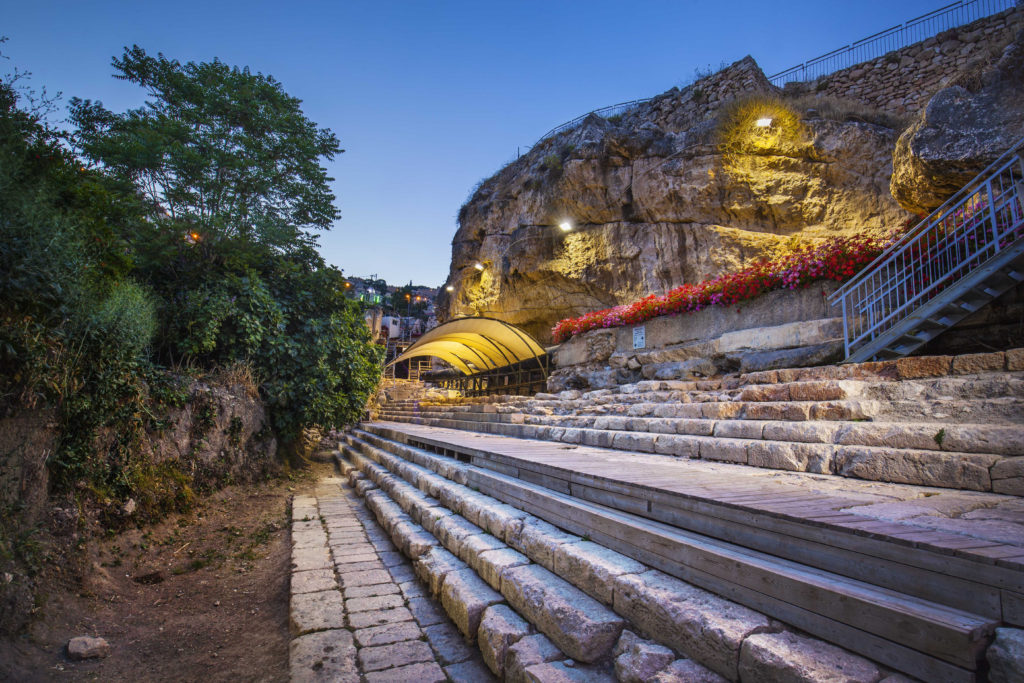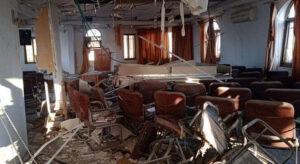
JERUSALEM (BP) – Assyria’s King Sennacherib was planning to capture Judah. Somehow, King Hezekiah had workers dig a tunnel through solid rock and divert Judah’s water supply to the Pool of Siloam, hiding it from the enemy.
That was 2,700 years ago.
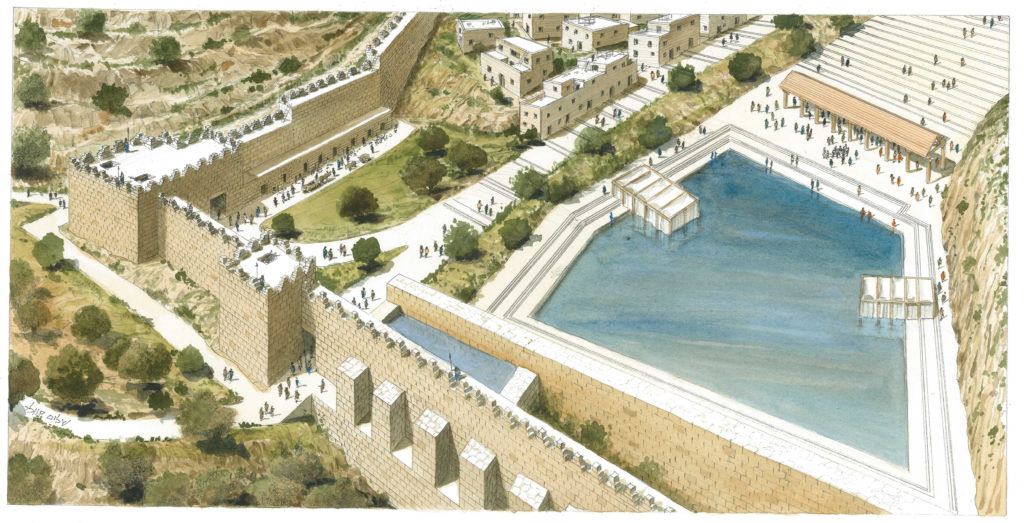
Clues to how the work was done, as well as biblical evidence from Jesus’ earthly ministry, might be unearthed as Israel excavates the full Pool of Siloam that has fascinated archeologists for more than 150 years.
New Orleans Baptist Theological Seminary professor Jim Parker viewed the excavation site and tunnel on a current instructional tour he’s leading of Jerusalem through Jan. 13, he told Baptist Press.
“It’s still a great mystery how they did it,” said Parker, NOBTS professor of biblical interpretation and executive director of NOBTS’ Michael and Sara Moskau Institute of Archeology. “He (Hezekiah) was able to protect and defend the water system.”
The work is referenced but not detailed in 2 Kings 20:20, which indicates the details are written in “The History of the Kings of Judah,” an extrabiblical historical book.
“We don’t know that there were written sources that went forward that went into the (biblical) canon,” Parker said. “It seems like there was another set of writings where they kept up with all of the details of what the king did and everything. But today, we don’t have those. Those are lost.”
Excavation of the full pool, believed to be about one acre in size, will be valuable in affirming Scripture, Parker told Baptist Press.
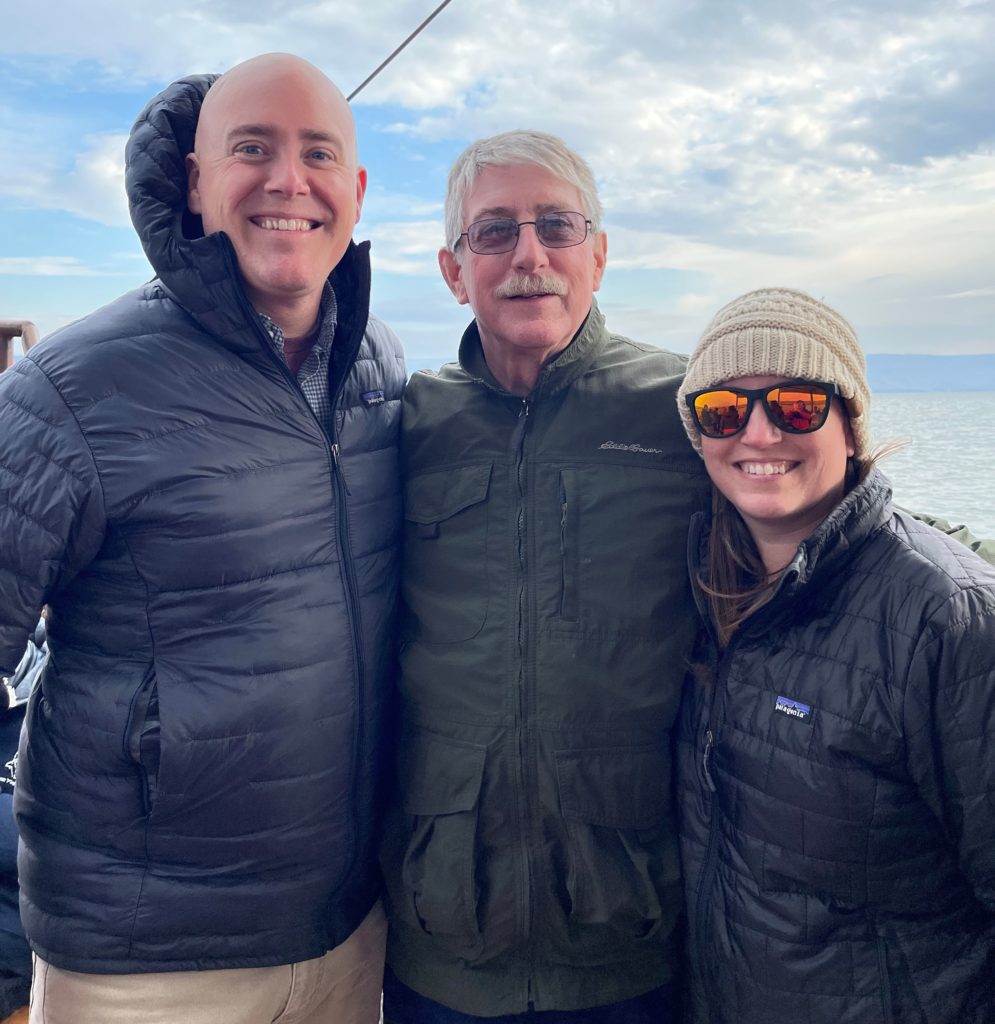
“It affirms the biblical fact that this pool existed, and the tunnel existed, and it operated together,” he said. “It also gives an idea into some of the rituals of the temple.”
The Pool of Siloam is where Israelites washed to spiritually purify themselves before entering the temple. At the pool, Jesus healed a blind man, as told in John 9:1-11.
The site of the pool was discovered in 2005 when workers unearthed steps to the pool while repairing a sewage line, but only a small portion of the site has been excavated. The pool was the reservoir for the waters of Gihon Spring, which were diverted through Hezekiah’s tunnel.
“This was all pure water,” Parker said, “and coming out of a spring, it’s called living water. Water that’s moving, by nature, it’s called living water.”
The Israel Antiquities Authority, the Israel National Parks Authority and the City of David Foundation announced in December 2022 the beginning of the full excavation of the pool.
“The Pool of Siloam, located in the southern portion of the City of David and within the area of the Jerusalem Walls National Park, is an archeological and historical site of national and international significance,” the groups said in a press release. “Due to its location and importance, the Pool of Siloam was renovated and expanded some 2,000 years ago at the end of the Second Temple period. It is believed that the pool was used during this time as a ritual bath by millions of pilgrims who converged at the Pool of Siloam before ascending through the City of David to the Temple.”
Scholars have theorized how Hezekiah dug the tunnel to divert the spring, Parker said.
“They dug it from both ends. We think it’s something over a year, it could be as much as two years as they were digging through solid rock. It’s still a great mystery how they did it, and how they were able to meet each other,” he said. “It’s almost 1700 feet long. So, they dig and meet somewhere about half way.
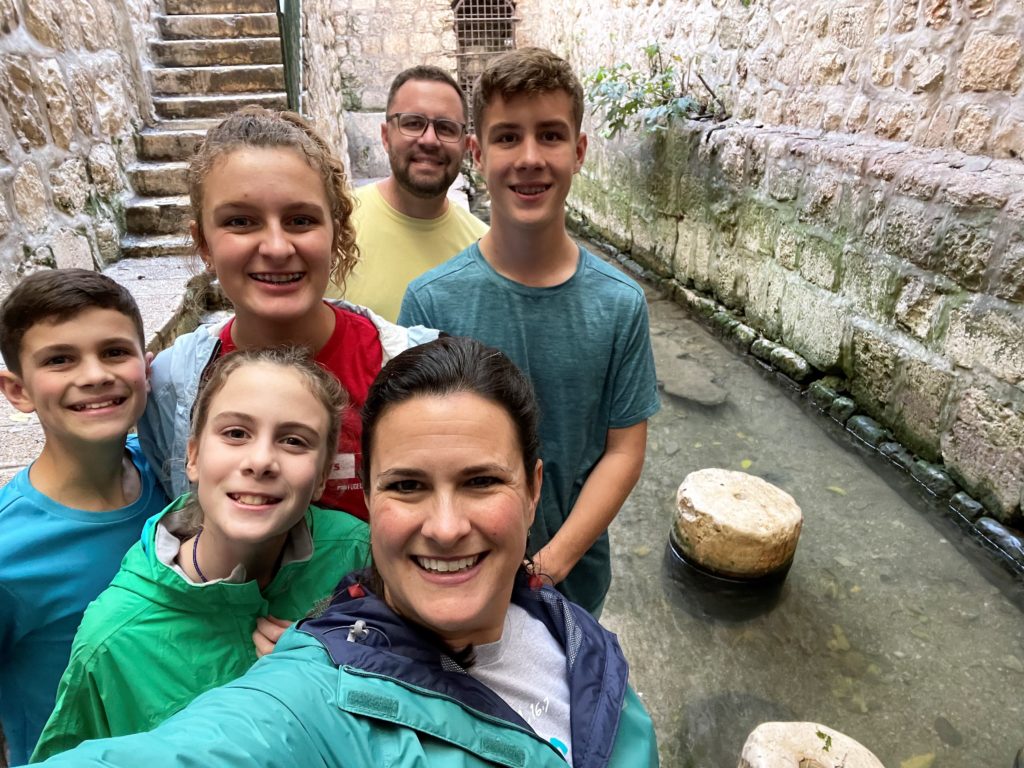
“There’s actually an inscription inside the tunnel that they met there. When you’re in the tunnel looking, you can see the tool marks on the rock and you can tell which ones were coming from which direction, the way they dug,” Parker said. “So it’s a very interesting thing to see.”
Israeli authorities did not provide a timeline of the excavation, but said tourists will be able to view the work, and that the pool would be accessible by tourists in “the coming months.”
Parker is hopeful the excavation will unearth additional artifacts supporting Scripture.
“Once we have it fully uncovered, we’ll be able to measure and see everything so we’ll understand the process fully,” he said. “Many times we find things like that that would point us to another discovery or another truth,” such as coins, pottery and other artifacts. “You never know what you’re going to find, … all of these things that will be important to the additional understanding of the Word.”
The excavation will afford a valuable teaching tool.
“As we teach, we’ll take the Bible verses that bring all of this together, and then we’ll have a visual element just in front of us, and a very large one that we can show and discuss and understand,” he said.
The excavation can also provide clues to other miracles Jesus performed at pools of water, such as healing the man at the Pool of Bethesda who had been paralyzed for 38 years.
“That’s also a place with a water feature that Jesus went to and did a miracle. That will help us understand, too, how that looked,” he said. “The same period of time, probably the same (type of) construction. That had five porticos in it. This is going to have just this one large pool.”
